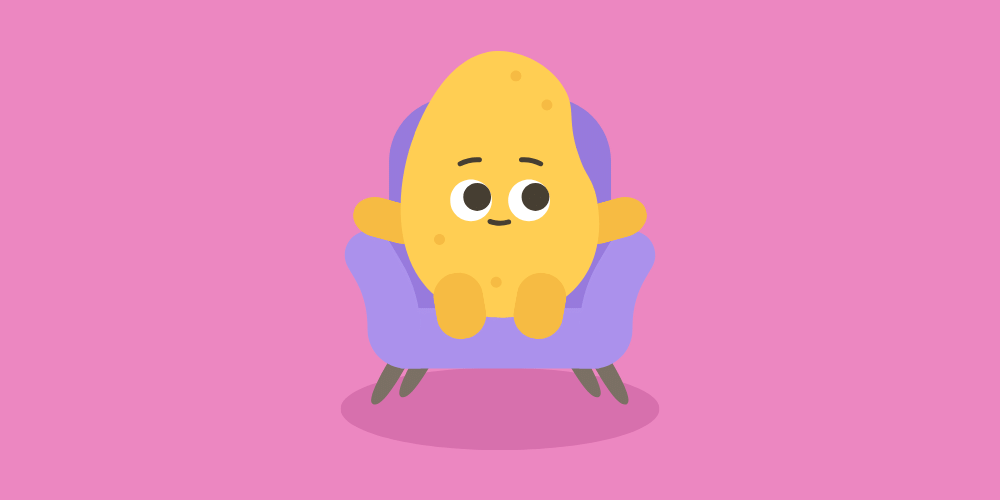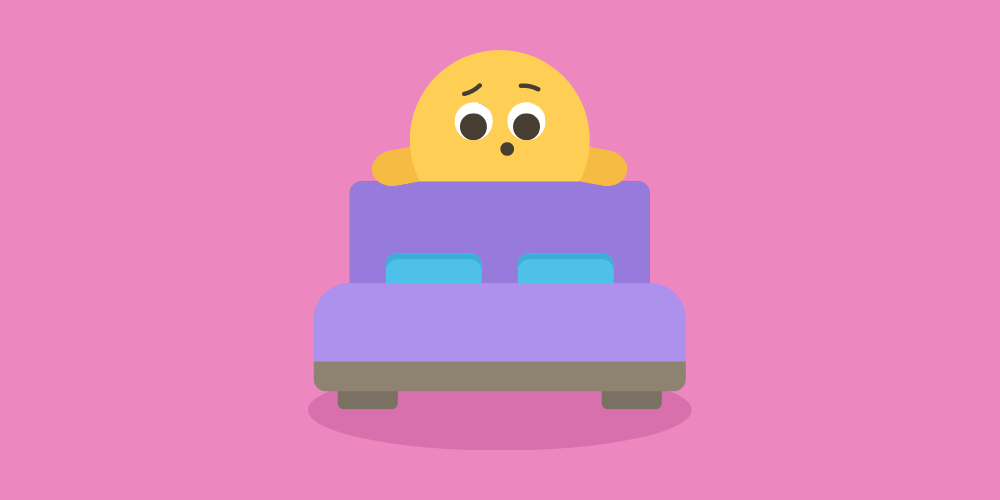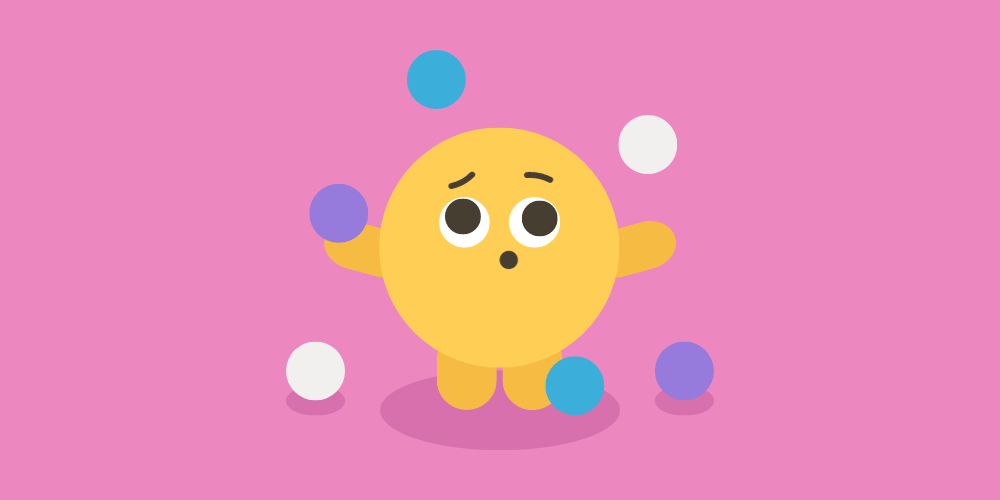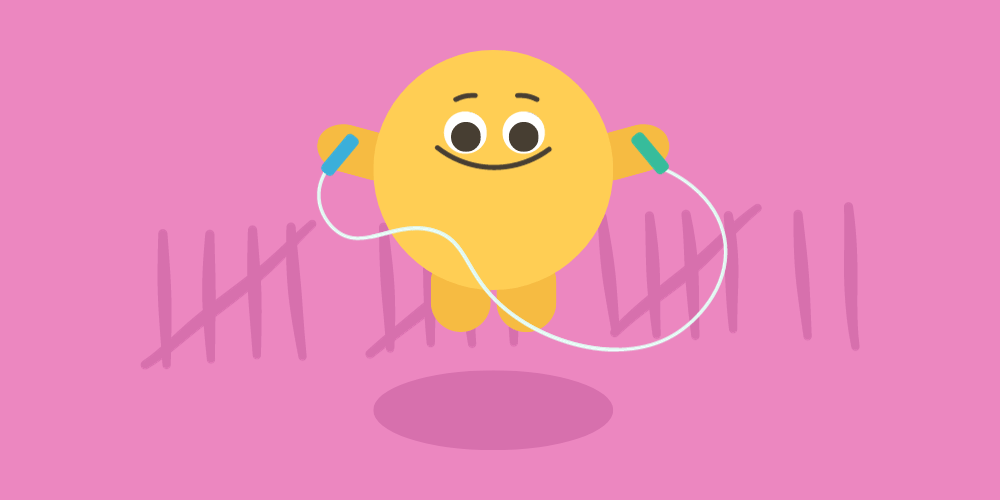
Once upon a time, it was widely believed that the human brain became fixed or even deteriorated with age. The "couch potatoes" had their bubble burst when neuroscientists demonstrated that the brain is capable of neuroplasticity and neurogenesis regardless of age, meaning it can always change and develop. Trying to credibly disprove science to use it as an excuse has become more challenging than creating actual habits.
Everything you see in a young brain can happen in an older brain.
— Dr. Michael Merzenich

Your mindset determines whether neuroplasticity becomes your friend or your enemy. If you believe you can grow your abilities, you will likely create new neural pathways to support your desired change. On the other hand, if you believe your abilities are fixed, neuroplasticity will further reinforce this belief, which will become a self-fulfilling prophecy.
Whether you think you can or you think you cannot—you are right.
— Henry Ford
Neuroplasticity works both ways—every moment, good and bad habits compete for precious brain resources. If you do not deliberately choose for yourself, your current behavior will. You must believe in change and create supportive routines to make neuroplasticity work to your advantage.
A routine is a repetitive practice that leads to a lasting change.
Your routines can help you and others be happy. The greatest minds in human history have agreed that happiness is the ultimate goal for everything you choose to do. Your ultimate goal is not success or fame but happiness. Even something as simple as making your bed makes you wish it would make you happier. While breakthroughs in neuroscience have broad applications, you can use them to form lasting changes that improve your happiness and the happiness of others.
Happiness is the meaning and the purpose of life, the whole aim, and end of human existence.
— Aristotle
Action steps
Suppose you want to make your bed every morning. Here is how you can create a new routine:
- Remind yourself. Knowing that something will make you happier without actually doing it is as "good" as sitting on a couch. Reminders can help you trigger your desired behavior. For example, you can make your bed when you touch the floor with your feet.
- Repeat the routine. Most research agrees that about thirty days of repetition strengthens your neural pathways enough to make your behavior automatic. The first changes in your brain occur as early as fourteen days into your practice. Following the example, you will begin to wonder who makes your bed.
- Reward yourself. Over time, your routine will bring you rewards. By becoming aware of how it improves your life or the lives of others, you will be encouraged to persist and turn the routine into a lasting change. Finishing the example, you will look forward to lying in a neatly made bed.
Our desired change is about thirty days away.

In the next twelve months, you will learn powerful happiness skills worth routinizing. These techniques will help you live a happier, healthier, and more fulfilled life. Although they are based on scientific evidence, not all will be the right fit for you—this is entirely okay.
Practical tips
The following tips will help you stick to the routine until it becomes automatic:
- Schedule the routine at regular times, for example, in the mornings.
- Stack the routine before or after something you already do; for example, go for a run right after brushing your teeth.
- Start slowly so your brain can rewire without giving up; for example, set a goal to run only for one minute.
- Focus on small wins; do not look for changes overnight. Nobody has run a marathon without training beforehand.
- Take steps that make it easier to execute your routine; for example, place your running shoes next to the bed.
- Start acting the way you want to be, even if you have to fake it at first; for example, dress as if you were already a runner.
- Make the new routine more social; for example, ask your friend to start running with you and enjoy your progress together.
- Tell your family and friends about your new routine. The accountability will put you under healthy pressure.
- Only create up to two routines at a time. Trying to do more would be overwhelming and most likely lead to failure.
- Imagine your brain rewiring. Pay attention to your new routine and feel the neuroplasticity happening.
- Reward yourself after each repetition. Over time, the habit itself will become your reward.
Fail your way to success
Stumbling is expected when you are starting. Creating lasting change does not happen overnight and can take a while. Even the most famous individuals tried and failed several times before finally getting it right. Failure is an opportunity to stretch yourself beyond today's abilities and strengthen new neural pathways. You can fail your way to success, as Thomas Edison did:
I have not failed; I have found 10,000 ways that do not work.
There are no winners or losers, only learners and non-learners. Even geniuses have to work hard for their achievements. If you cannot do something, it is better to say you cannot do it yet.

Breaking bad habits
Breaking bad habits is the easiest thing to do—some people quit smoking every day. Joking aside, the science of unlearning offers two effective strategies to break a bad habit.
- Replace the bad habit with another routine. For example, you do three push-ups whenever you feel tempted to take a piece of candy. The brain's competitive plasticity between the two behaviors will do the rest.
- Create a barrier between you and the bad habit. For example, you put candy in an inconvenient place or out of sight. Making the trigger less probable to happen or the execution more complicated, you will be less likely to continue the bad habit.
You can choose one of them, though preferably, you will use both to make the strategy even more effective. Until you feel confident in breaking bad habits, create new habits first. They will motivate you to tackle or even replace the bad ones immediately.
Neurons that fire together wire together. Neurons that fire apart wire apart.
— Donald O. Hebb
Now or never
In each further lesson, you will find a call to action. Get ready.


